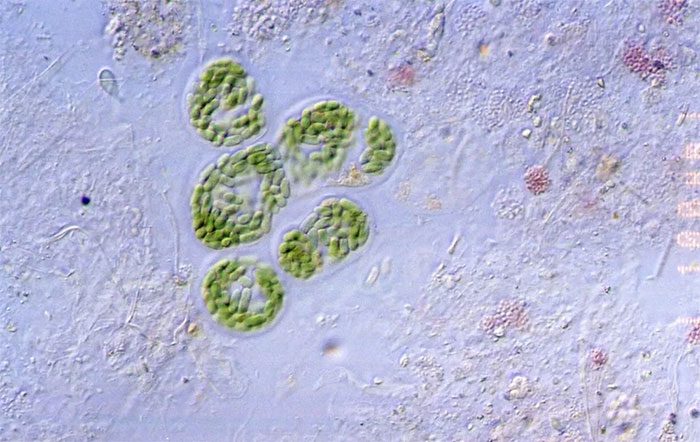Japanese Scientists Develop Technology to Extract Gold from Hot Springs.

Cyanobacteria can be used to extract metals. (Image: si.edu).
The Japan Agency for Marine-Earth Science and Technology (JAMSTEC) has collaborated with machinery manufacturer IHI to research and develop this technology.
They drew inspiration from rock formations located near hydrothermal vents on the Pacific Ocean floor, about 400 km south of Tokyo. These rocks are often rich in gold.
Liquid gold exists in magma deep beneath the Earth’s surface. It is believed that liquid gold infiltrates superheated hydrothermal water, rising to the surface where it solidifies and becomes trapped in rock formations.
Researchers propose that gold can also be present in the water of hot springs. They suggest that gold is more soluble in high-temperature, acidic environments.
They also discovered that cyanobacteria, also known as blue-green algae, can be utilized to separate metals. This microorganism can assist in extracting gold from water, separating it from chlorine and other substances.
The cyanobacteria are processed into thin sheets and then soaked in water for seven months. Ultimately, the research team was able to extract 30 grams of gold from one ton of these cyanobacteria sheets. In comparison, traditional gold mines typically yield only 3-5 grams of gold per ton of ore. In the future, researchers hope to extract even more gold using this technology.


















































